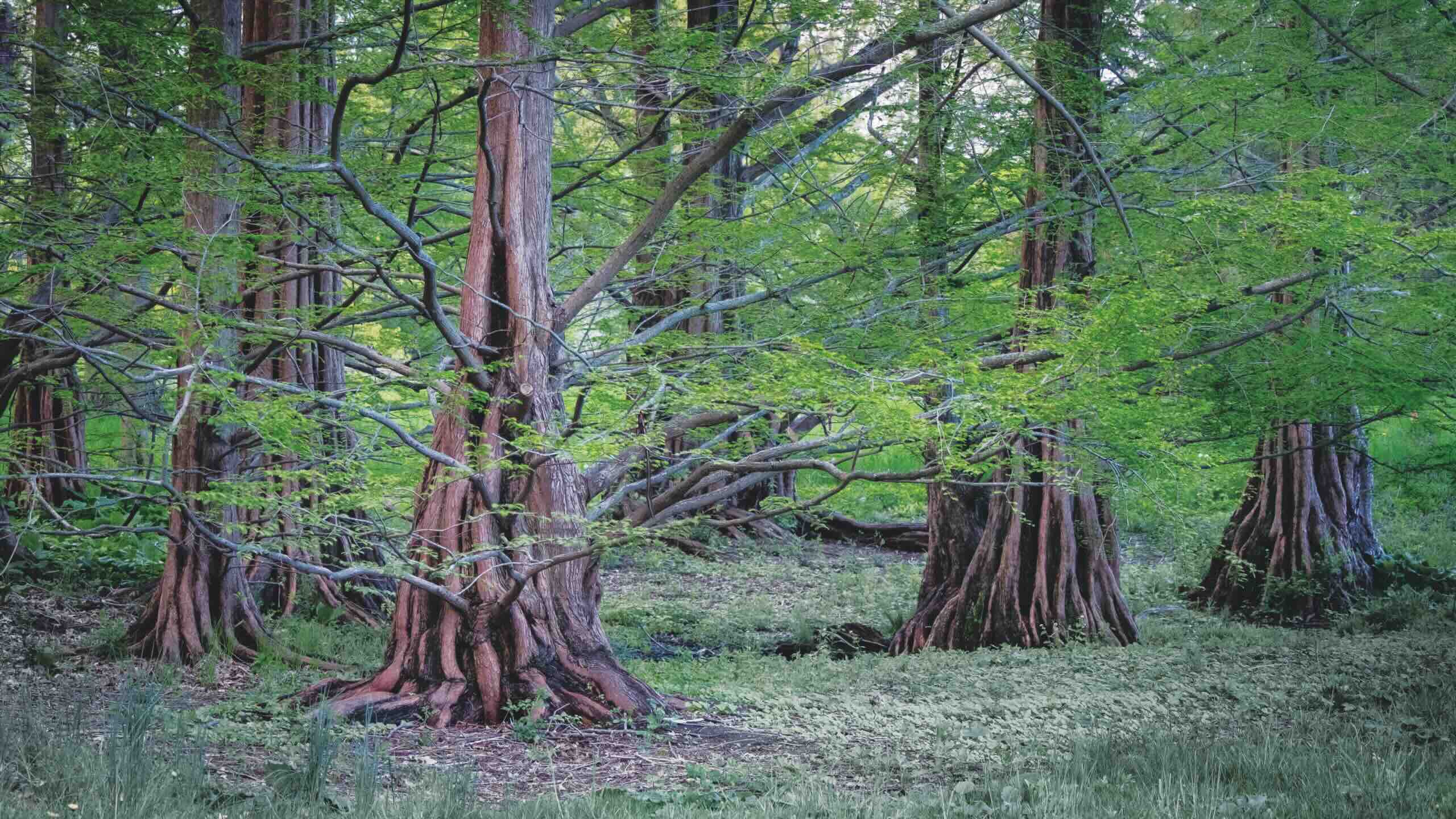
Metasequoia, also known as the dawn redwood, is a fascinating tree with a rich history. Did you know that this ancient species was once thought to be extinct? Rediscovered in China in the 1940s, it has since become a symbol of resilience and survival. These trees can grow up to 200 feet tall and live for hundreds of years. Their unique, feathery leaves turn a beautiful bronze color in the fall. Metasequoia is not only a living fossil but also a popular choice for parks and gardens due to its majestic appearance. Curious about more intriguing facts? Keep reading to uncover 29 amazing details about this incredible tree!
What is Metasequoia?
Metasequoia, also known as the dawn redwood, is a fascinating tree species with a rich history and unique characteristics. These trees are often compared to their relatives, the sequoias and redwoods, but they have distinct features that set them apart.
- Metasequoia is one of the few deciduous conifers, meaning it sheds its needles in the fall.
- The species was thought to be extinct until it was rediscovered in China in 1944.
- Metasequoia glyptostroboides is the only living species in the Metasequoia genus.
- These trees can grow up to 200 feet tall, making them giants of the plant world.
- The bark of Metasequoia is reddish-brown and peels in long strips.
- Metasequoia leaves are bright green in spring and summer, turning a rich copper color in the fall.
Historical Significance of Metasequoia
The history of Metasequoia is as intriguing as the tree itself. From being a fossil to a living species, its journey is remarkable.
- Fossils of Metasequoia date back to the Mesozoic Era, over 100 million years ago.
- The tree was first described from fossils found in Japan and North America.
- The rediscovery of living Metasequoia in China was one of the most significant botanical finds of the 20th century.
- The species was named "dawn redwood" because it was considered a living fossil, a remnant from the dawn of time.
- Seeds from the rediscovered trees were sent to botanical gardens worldwide to ensure their survival.
Metasequoia in Modern Times
Today, Metasequoia is appreciated not just for its history but also for its beauty and adaptability.
- Metasequoia is often planted in parks and gardens for its striking appearance.
- The tree is relatively fast-growing, making it a popular choice for reforestation projects.
- Metasequoia can tolerate a wide range of soil types, from clay to sandy soils.
- It is also resistant to many pests and diseases that affect other tree species.
- The wood of Metasequoia is lightweight and has been used in construction and furniture making.
Unique Characteristics of Metasequoia
Metasequoia has several unique features that distinguish it from other trees.
- Unlike most conifers, Metasequoia has opposite leaves, meaning they grow in pairs on either side of the stem.
- The tree produces small, round cones that are about an inch in diameter.
- Metasequoia has a distinctive pyramidal shape when young, becoming more rounded with age.
- The roots of Metasequoia are shallow but widespread, providing stability in various soil conditions.
- The tree's branches are arranged in a whorled pattern, giving it a symmetrical appearance.
Ecological Importance of Metasequoia
Metasequoia plays a vital role in its ecosystem, supporting various forms of wildlife and contributing to environmental health.
- The tree provides habitat and food for numerous bird species.
- Metasequoia forests help in carbon sequestration, reducing the amount of CO2 in the atmosphere.
- The fallen needles of Metasequoia enrich the soil with organic matter, promoting healthy plant growth.
- The tree's extensive root system helps prevent soil erosion.
- Metasequoia can thrive in wetland areas, contributing to the health of these ecosystems.
Fun Facts About Metasequoia
Here are some interesting tidbits about Metasequoia that you might not know.
- Metasequoia is often used in bonsai, the art of growing miniature trees.
- The tree has been featured in various films and literature due to its majestic appearance.
- Metasequoia is sometimes referred to as the "living fossil" because it has remained largely unchanged for millions of years.
The Final Word on Metasequoia
Metasequoia, or dawn redwood, is a fascinating tree with a rich history. Once thought extinct, it was rediscovered in China in the 1940s, sparking global interest. These trees can grow over 165 feet tall and live for hundreds of years. Their unique, feathery leaves turn a stunning bronze in the fall, adding beauty to any landscape.
Metasequoia is not just a relic of the past; it's a symbol of resilience and adaptability. It thrives in various climates and soils, making it a popular choice for parks and gardens worldwide. Its rapid growth and majestic appearance make it a favorite among tree enthusiasts.
Whether you're a botanist, gardener, or nature lover, Metasequoia offers something special. Its story of survival and beauty continues to inspire and captivate, proving that even ancient trees can have a bright future.
Was this page helpful?
Our commitment to delivering trustworthy and engaging content is at the heart of what we do. Each fact on our site is contributed by real users like you, bringing a wealth of diverse insights and information. To ensure the highest standards of accuracy and reliability, our dedicated editors meticulously review each submission. This process guarantees that the facts we share are not only fascinating but also credible. Trust in our commitment to quality and authenticity as you explore and learn with us.
